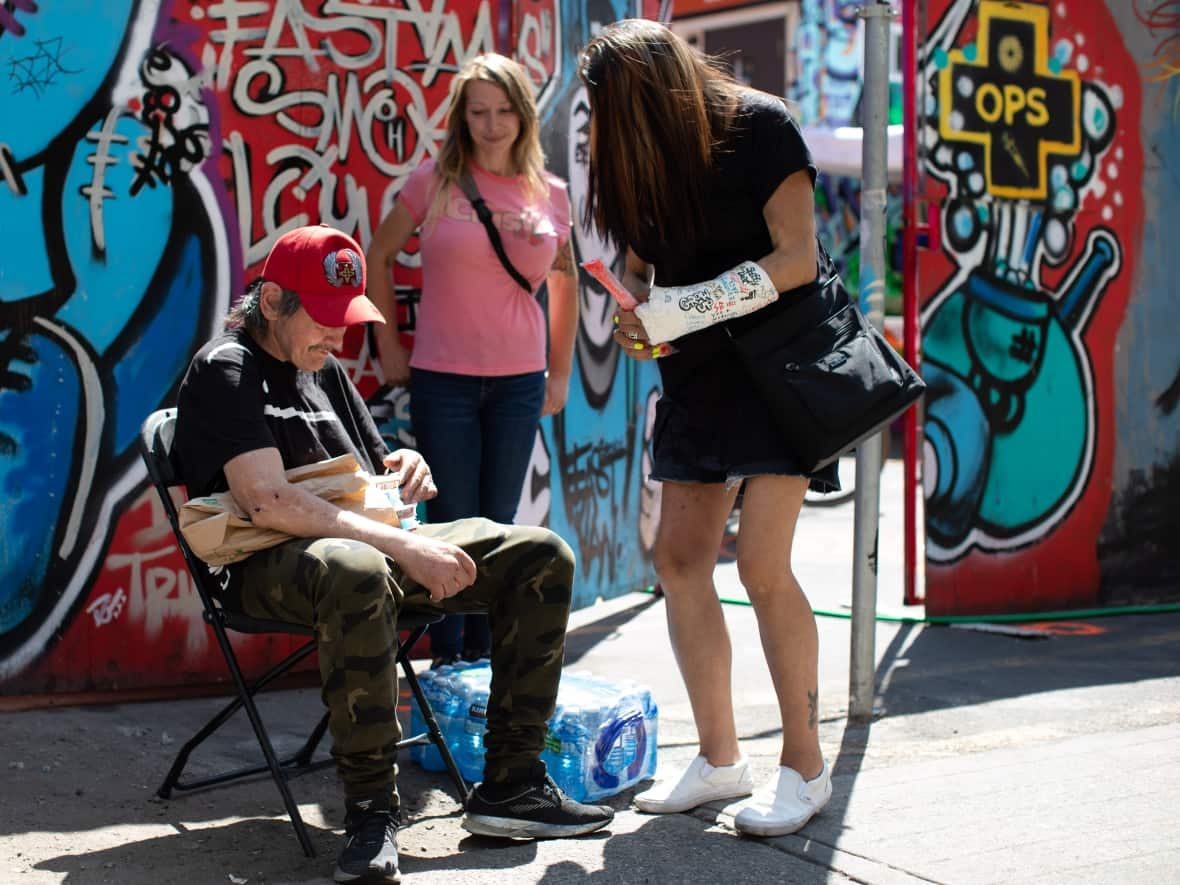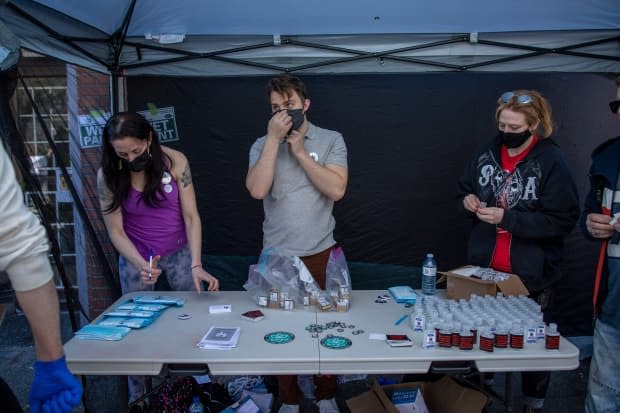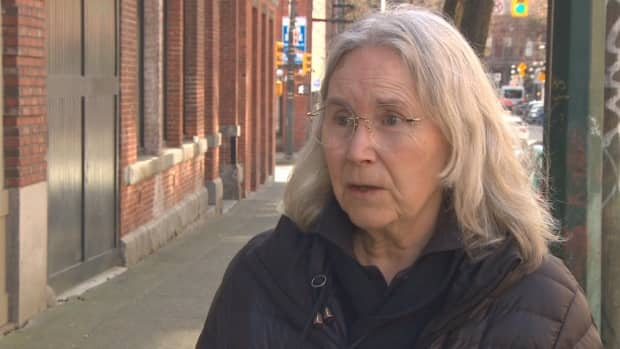Advocates say more funding needed for life-saving overdose prevention sites in B.C.

Advocates say it's imperative the B.C. government put more money into creating more widely accessible overdose prevention sites, days after the latest death toll from the toxic drug crisis was revealed.
On Tuesday, the B.C. Coroners' Service reported 211 people died due to poisoned drugs in January, at a rate of around seven people per day.
More than 11,000 people have died since the province declared a public health emergency in 2016 — almost none of them at overdose prevention sites, where trained volunteers work to prevent fatalities and connect drug users with other services.
The two deaths recorded at overdose prevention sites (OPS) in January were the first time people have died in that setting, according to the coroner.
Places where toxic drug deaths were recorded in B.C. in 2022
Drug user advocates say overdose prevention sites are proven to save lives, but face numerous uphill battles when it comes to funding, public perception and access across B.C.
"There's a general misunderstanding that OPS … is just a place where people come and use drugs," said Amber Streukens, the street college program co-ordinator at ANKORS, which provides services for drug users in the Kootenay region.
"But it also provides this complicated web of open doors to other services and resources."
ANKORS runs the only overdose prevention site open consistently during weekdays in the Kootenays, a region that stretches from Kelowna to the B.C.-Alberta border.
"The existing model is only meeting a piece of the need," Streukens said. "The fact that it is in one town in a geographically humongous region is obviously, clearly, not meeting the needs of anybody who is outside of the limits of Nelson."
Streukens says a coroners' death review panel in 2022 made the case for supervised consumption and an expansion of safe supply to every community in the province, which she says should be part of a spectrum of solutions to the crisis.
No. of overdose prevention sites run by B.C. health authorities
Rural B.C. has toxic drug death rates comparable to urban regions like Vancouver Coastal Health, where many harm-reduction and overdose prevention sites exist in places like the Downtown Eastside.

Millions going towards overdose prevention: ministry
It's not just smaller communities that lack access to overdose prevention sites. Large Lower Mainland communities like Burnaby, Richmond and Langley do not have a functioning site, despite dozens of deaths being recorded there.
Jennifer Whiteside, minister of mental health and addictions, says her government has "made very important progress" when it comes to new OPSes.
"We have stood up in communities to try and ensure that we get at this issue of people using alone," she told Stephen Quinn on CBC's The Early Edition.
Figures provided by the ministry show there have been over 3.7 million visits to OPSes between January 2017 and December 2022, and nearly 24,000 overdoses were reversed.
A ministry spokesperson said there were 44 overdose prevention sites run by the province as of January, and more were on the way, including safe inhalation spaces.
The spokesperson added that, in the latest budget, the province is investing $56 million over three years into services including new OPSes and prescribed safe supply.
Katt Cadieux, founder of the Uniting Northern Drug Users (UNDU) group in Prince George, said that investment is paltry compared to the half-a-billion dollars being spent on addiction recovery initiatives.
"I don't think that's going to cover what we need at all," she said. "It's not even coming close, honestly."
Number of supervised drug consumption sites in B.C.
Obstacles for OPS operators
Ann Livingston, who helped found the Vancouver Area Network of Drug Users (VANDU) and is involved in numerous drug user groups, says overdose prevention sites often face opposition from local municipalities and landlords who may refuse to lease sites for them.
"Municipalities are not supposed to block health initiatives," she said. "It's worse than a lack of political will.
"It's as if the city thinks they're going to improve their city by making sure anyone in that city has to use their drugs publicly."

Livingston says she's aware of a drug user group in Langley who had the funding for an OPS, but ultimately could not secure a lease.
She was also involved with the Nanaimo Area Network of Drug Users (NANDU), whose OPS was designated a "nuisance site" by city council after numerous complaints over public safety.
Livingston said the group never meant to make life difficult for neighbours, but that more funding would have helped them better organize the area.
Cadieux says in an ideal world, the province would look to fund peer drug user groups to run "many different responses" to the toxic drug crisis.
"We really need to work with people and … meet them where they're at," she said.
"How can we ensure they feel safe enough to access our services, and having these services available 24/7?"


